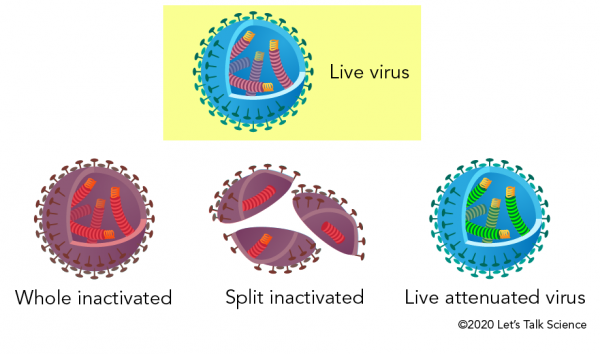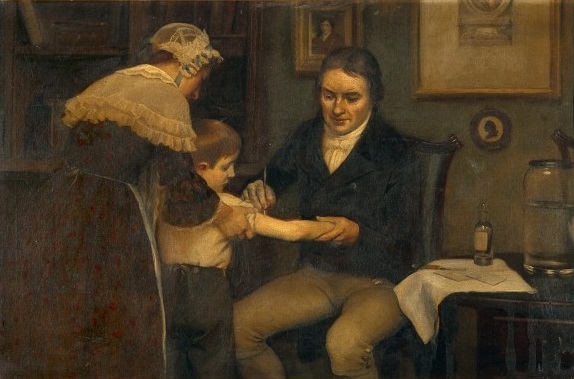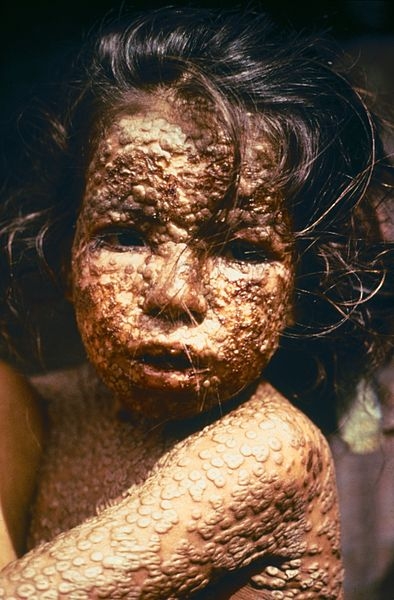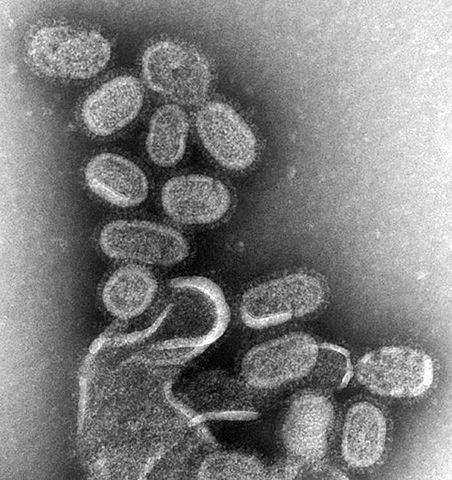Immunity and Vaccination

Infant receiving a vaccination (naumoid, iStockphoto)

Infant receiving a vaccination (naumoid, iStockphoto)
How does this align with my curriculum?
Learn about the history of vaccines and how vaccines trigger an immune response that keep us from getting some dangerous diseases.
Viruses and Immune Response
Viruses are very good at what they do. They take over the processes in a cell by force. This causes the virus to multiply while the host cell dies. It is incredible how this simple organism can be such an effective killer of cells. But all is not lost. Many organisms have developed defence systems against viruses. For example, the human immune system is always on the lookout for intruders like viruses.
Our immune system springs into action when it detects an antigen. An antigen is a molecule that causes an immune response. It comes from the words “antibody” and “generation.” In the case of viruses, antigens are proteins found on the surface of the virus. The antigens are detected by antibodies. Antibodies are proteins produced by the immune system to identify and destroy foreign objects. Antibodies can recruit specialized cells to get rid of the intruder.
Vaccination: Using Viruses for a Good Cause
Many of the diseases that killed millions of people in the past are no longer a major threat. This is because of vaccination. A vaccine protects an individual from a viral infection. It does this by stimulating their immune system to produce antibodies. This process is called inoculation.
Vaccines can contain inactivated or attenuated viruses, or even just pieces of viruses. Inactivated viruses are viruses that are dead. Attenuated viruses are viruses that are alive but not infectious. Neither type of virus can take over a host cell the same way it would if it were alive.

Vaccination: a Brief History
The process of inoculation has been around since the 17th century in places like China. But it wasn’t used in Western medicine until the 18th century. Dr. Edward Jenner is considered to be the ‘father’ of vaccination in the west.

Dr. Jenner was interested in finding a cure for smallpox. Smallpox was a very contagious disease that affected rich and poor alike. People with smallpox developed a severe rash. This rash turned into fluid-filled bumps with dimples in their centres. In the 18th century, the death rate from smallpox was from 20% to 60% for adults and 80% for infants.

At the same time as smallpox, there was a similar, but less dangerous disease called cowpox. Women who milked cows, who were called milkmaids, often got this disease. During his apprenticeship, Dr. Jenner noticed that milkmaids who had cowpox did not get smallpox. He wondered if cowpox made these women immune to smallpox.
Did you know?
The word vaccination comes from vacca, which is the Latin word for cow.
After several years of experiments and research, Dr. Jenner tested his vaccine on his gardener’s son. The boy got cowpox and recovered the way Dr. Jenner expected. A few months later, when his body had built up immunity, Dr. Jenner exposed the boy to smallpox. The boy did not get the disease. There was now a way to prevent smallpox. Vaccination was a success.
Did you know?
The last case of smallpox happened in 1979. The disease has not been seen since that time.
The Flu Shot
After Dr. Jenner’s success, scientists created many other vaccines. They are now common. Usually we get vaccinations once or twice during childhood. These give us protection for life from diseases like measles, mumps and rubella. But to prevent other diseases like influenza, we need a vaccination every year. Why is this?

We need a ‘flu shot’ every year because the strain of influenza virus that is circulating changes all the time. The flu shot usually contains three different viruses. This is based on scientists’ predictions of the most common strains for the coming flu season.
Misconception Alert!
The viruses used in the flu shot are inactive or dead - they cannot actually give you the flu.
Learn More
How do vaccines work? (2018)
This animation by the Oxford Vaccine Group (2:27 min.) describes how viruses, antibodies, and vaccines help us develop immunity.
Why do you need to get a flu shot every year? (2017)
This Ted-Ed video by Melvin Sanicas (5:11 min.) describes how and why scientists need to study flu viruses all the time, in order to develop vaccines that work.
How do vaccines work? (2020)
This article from the BC Centre for Disease Control explains the basics of vaccines, and includes a video for parents about getting children vaccinated (1:21 min.).
How does your immune system work? (2018)
This Ted-Ed video by Emma Bryce (5:22 min) summarizes how the vast network of cells, tissues, and organs coordinates your body’s defenses against threats to your health.
References
Centers for Disease Control and Prevention. (2016). History of smallpox.
Freudenrich, C. (2000). How viruses work. HowStuffWorks.
Mayo Clinic. (2019). Influenza (flu).
Riedel S. (2005). Edward Jenner and the history of smallpox and vaccination. Baylor University Medical Center Proceedings, 18(1), 21-25. DOI: 10.1080/08998280.2005.11928028